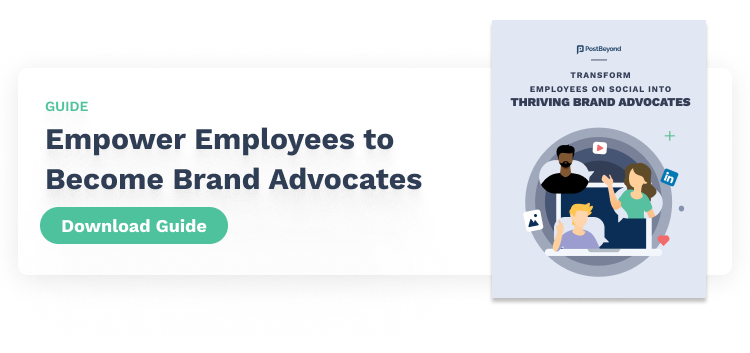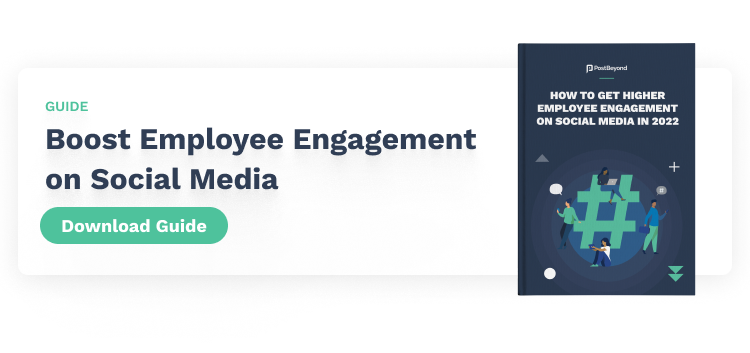Employee engagement and motivation are closely linked. According to Gallup, companies with engaged employees see a 41% drop in absenteeism, a 17% boost in productivity and 24% less turnover. In fact, companies with high employee engagement also see 21% greater profitability.
The employee engagement stats clearly show that high engagement levels drive employees to excel. So, the question, how do we use employee engagement to increase motivation?
What is Employee Engagement and Why is it Important?
Employee engagement is a reflection of an employee’s enthusiasm and commitment to their organization. It’s like a mental and emotional connection your employees have towards your company and its goals, future roadmap, values, etc.
Employee engagement is important because it impacts key business outcomes, especially talent retention and team productivity.
While things like pay and benefits can spark employee interest, it’s not enough to keep your teams enthusiastic, curb burnout and reinforce loyalty. You need programs that empower the voices of your employees and make them feel fulfilled or satisfied.
This is where employee engagement plays a critical role in fuelling those “innate” qualities between people and their employers. In a way, those “innate” aspects – e.g., fulfillment or satisfaction – are the links between employee engagement and motivation.
Employee Engagement Methods That Work

We have a list of 43 actionable employee engagement ideas you can try out today. But it’s important to understand the goals behind each of these employee engagement tactics.
Basically, your employee engagement program should aim to:
- Build and promote your company culture.
- Empower employee voices by providing spaces for input.
- Show that the company cares about employee health and wellbeing.
- Strengthen bonds between team managers and team members.
- Reinforce links between executives/leaders and employees.
- Incentivize employees with recognition and rewards.
- Engage employees wherever they are, be it at the office or work-from-home.
Why are Engaged Employees More Motivated and Less Likely to Leave?

Like we noted earlier, pay and benefits can spark interest, but they’re not enough to motivate your employees or push them to stay. We’re in the ‘Great Resignation,’ so many of your rival companies can offer attractive salaries, perks and benefits packages.
You need to think about the things that will keep your employees focused on your company.
Basically, employee engagement is about creating the workplace environment that keeps your employees enthusiastic day in and day out. You’re trying to build the things that generate joy, fulfillment, a sense of learning and growth through employee engagement.

For example, companies that focus on transparency about leadership decisions build trust with their employees. Their employees feel informed and have visibility about where the company is heading. Employees who know what to expect from their workplace are less likely to leave.
Likewise, companies that spotlight their employees on social media are helping their employees build their personal brands. So when their company puts them or their colleagues at the center of thought leadership, employees feel that they’re getting some more than just a salary.
Ultimately, highly engaged employees are likely to stay at their company because they’re getting a unique and beneficial experience. It’s not something employees can take for granted or expect from other companies. It would take a lot for someone to leave a genuinely good experience.
Other Benefits of Engaged Employees

In addition to supporting your employee retention and productivity goals, employee engagement is also a marketing asset. This would happen through employee advocacy.
Basically, an employee who loves their workplace could talk about it to their audiences on social media. They might highlight your company’s culture, policies, initiatives, products and services and much more to their networks.
Your employees’ opinions are critical because audiences trust the recommendations of family, friends and peers the most. In fact, potential customers and prospective hires will look at what your employees are saying about your company.
In addition, because audiences resonate with the content of other people (as opposed to ads), they’re also more likely to engage your employees’ content. This can result in additional Likes and Shares that help amplify your brand reach and share-of-voice.






